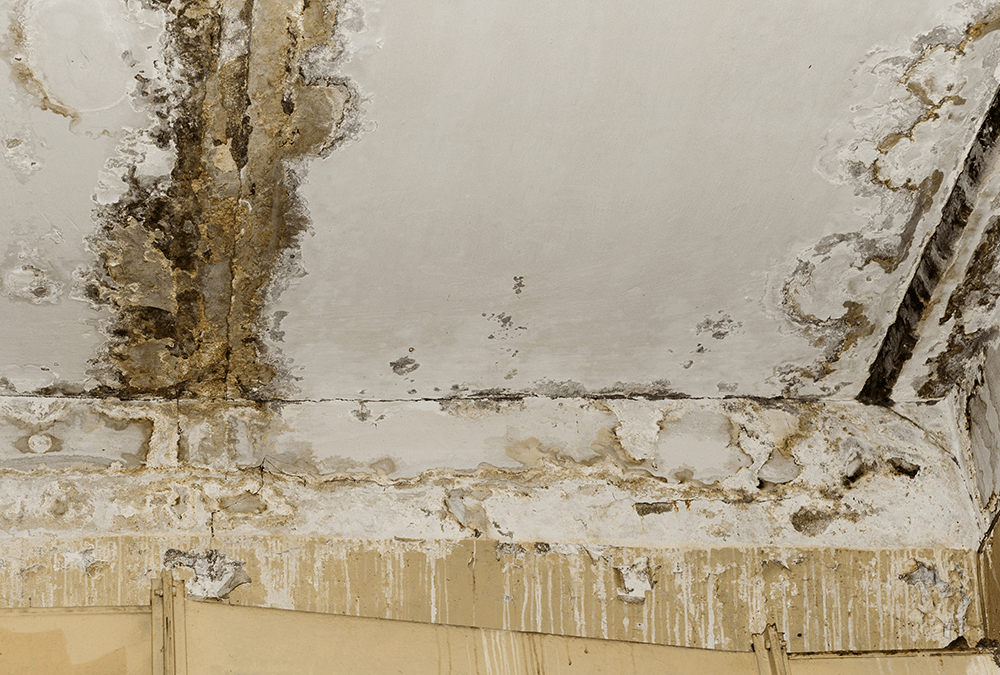Were you searching for facts on How to Prevent Bathroom Water Damage?

The bathroom is extremely susceptible for damp build-up as well as possible water damages due to the frequent use of water in it. This article offers easy evaluation methods to assist discovering water damage risks.
The regular use of water in the restroom makes it incredibly susceptible for damp build-up and potential water damage. By inspecting it routinely, you can reduce water relevant problems.
The complying with set of evaluations is very easy to execute and also must be done when in every three months in order to keep your bathroom healthy and also to avoid potential water damages brought on by the bath tub, the shower, pipe joints and plumbing, sinks, closets, and also the bathroom
Do not overlook carrying out these inspections and also be complete while doing them. Keep in mind that these simple examinations can conserve you a lot of cash by offering early signs for water damages
Sinks and Cabinets
Sinks and also closets are subjected to moisture and also moisture daily and also are commonly neglected. Check routinely under the sink and on the kitchen counter over it. Fix any drip in the catch as it may suggest drainpipe problems. Check out the sink, sluggish draining pipes might show a blocked drain. Replace sink seals if they are fractured or loosened.
Bathtub and Shower
The shower and also tub require unique interest and upkeep. Inspect the ceramic tiles and change if broken. See to it that there is no missing cement between the floor tiles. Examine and also replace fractured caulking at joints where the walls fulfill the floor or the tub. Obstructed drains and pipelines issues will stop the bathtub from drying out and might indicate significant issues under the bathtub. Talk to a professional promptly to prevent structural damages. Take note of stainings or soft locations around the tub wall surfaces as they may suggest an inner leak.
Plumbing
Signs for water damage are difficult to identify since most pipelines are installed inside the wall surfaces.
Pay unique attention to floor covering and walls dampness and spots as they might show an unnoticeable plumbing trouble. Check dampness levels in adjoining areas as well.
The Bathroom
The commode is a susceptible water joint. Examine the water lines and search for leaks around the commode seat, in the hose, as well as under the water container. If you spot any type of indicators of moisture on the floor around the commode, check for leaks in the toilet edge and also storage tank seals.
Realize that hanging toilet bowl antiperspirants increases the possibilities for blockages.
Water Damage Signs In The Bathroom To Avoid Cleanup
Musty smell
This is one of the easiest signs to catch because musty smells are so odorous. The damp, earthy, moldy smell should be a big red flag. The smell will develop when moisture gets trapped in surfaces, and begins to facilitate mold growth. Leaking pipes under cabinets, inside walls, and behind shower fixtures will cause moisture to stay trapped and not dry, which will lead to mold growth and spread. As soon as you notice any musty smells in your bathroom, have it checked for hidden water damage and cleanup signs.
Visible mold
If the smell isn’t there to give it away, sometimes you will actually see mold growth. Finding mold in your bathroom is a serious problem, because mold is very harmful to your health. By the time mold growth is visible, it also means that water damage has already occurred and been present for some time. The only way the mold problem can be resolved is to find the source of the moisture and get it stopped. To safely and adequately remove mold, you need to have professionals handle the remediation. Do not waste any time in getting mold problems addressed, fixed, and sanitized so that you can protect you and your family from the many respiratory symptoms caused by mold exposure.
Damaged floors
Bathroom floors should be able to withstand some exposure to water while still remaining in good condition. However, when excess exposure or water leaks occur, they will begin to damage even the most water-resistant flooring. If you notice any cracking, bubbling, staining, or warping on your bathroom floors, there is probably a water leak somewhere causing the distortion. If you notice areas of the floor have become softer, or even have a spongy feeling, there is probably damage to the subfloor. Subflooring is typically made up of plywood. When plywood is exposed to water or moisture, it will absorb it. Once it has become saturated, the weight of the excess water will cause the wood to swell and soften. Check the floors in your bathroom frequently to catch any of these sings before they lead to damaged subflooring.
Changes on walls
When water leaks behind walls, it will cause changes in the drywall. Peeling plaster, blistering paint, and soggy wallpaper are all good indicators that excess water is building up behind the wall. Water leaking behind drywall will cause it to swell and be soft to the tough. If you start to notice gaps along the trim of your walls, or where tile meets the wall, it could also be a strong indicator that there is a leak behind the wall. Any changes, distortion, or damage on the walls should be evaluated as soon as you notice it to prevent further water damage and cleanup.

I stumbled upon that piece about How to Repair and Prevent Bathroom Water Damage while doing a search on the internet. Loved our posting? Please share it. Help others discover it. Thanks for taking the time to read it.
Book Now
Comments on “Ways to Repair a Water-Damaged Wall in the Bathroom”